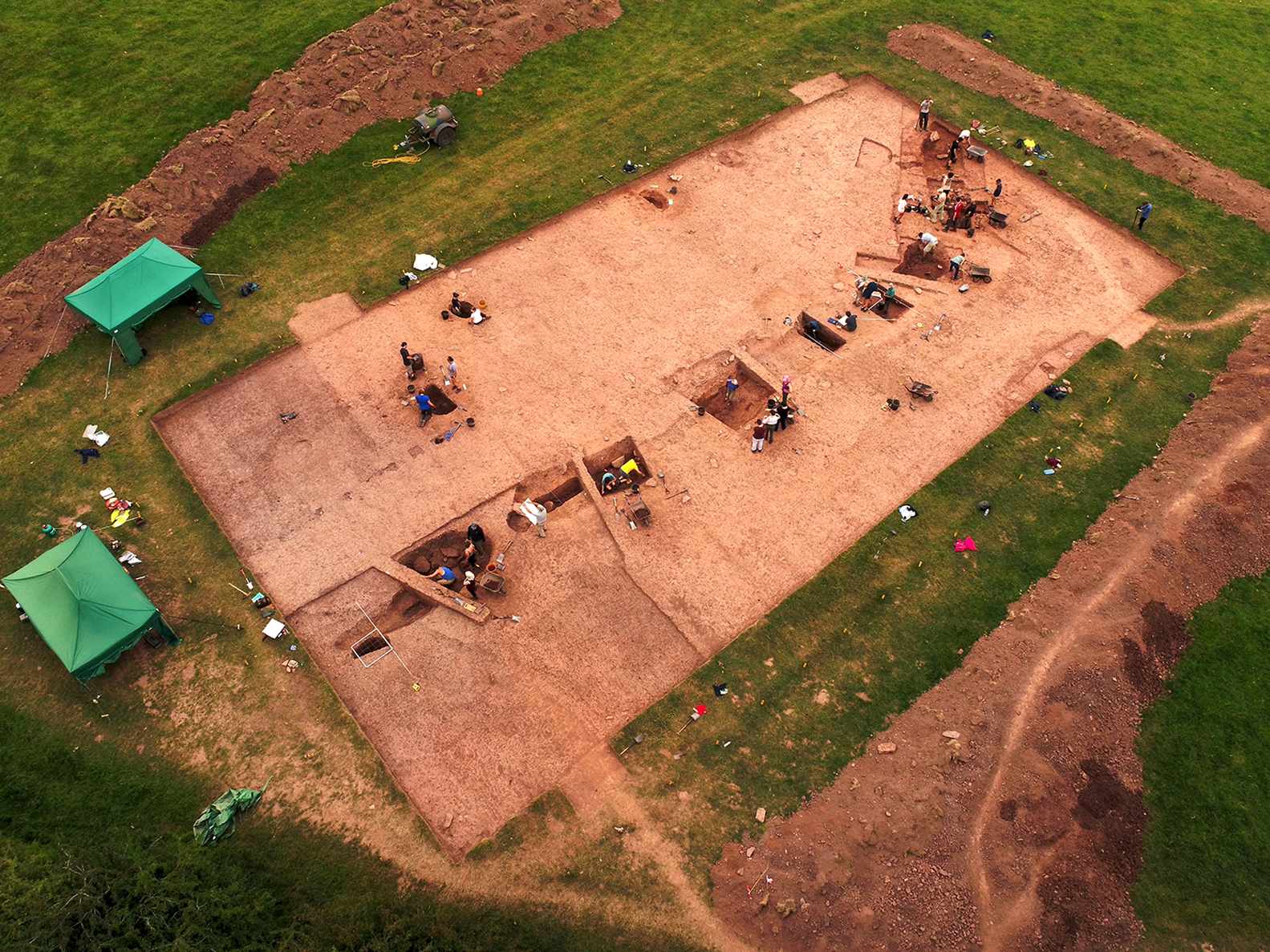A new study has shed light on the Neolithic beginnings in the West Midlands, as published in the journal Antiquity in 2023, and has provided an interesting insight into this ancient period.

Advanced radiocarbon dating has been used by archaeologists to determine the age of Neolithic structures on Dorstone Hill in Herefordshire, and the results showed they were considerably older than anticipated.
Evidence of Neolithic activity, including farming and construction, can be traced back to Dorstone Hill in the West Midlands of England, approximately 5,800 years ago. This makes it one of the earliest Neolithic sites in the region, and comparable with the early dates from Penywyrlod and Gwernvale in the Black Mountains of Wales.
It appears that the Neolithic practices did not propagate systematically from southeast to northwest in Britain, as has sometimes been assumed, but rather moved in an unpredictable way. In some areas, hunter-gatherers and farmers lived together for centuries despite the fact that their settlements were found far from the coast.
Between 2011 and 2019, Dorstone Hill was excavated and, for the first time, statistical methods were applied to the radiocarbon dates found. An analysis of this data revealed that activity at the site started earlier compared to other locations in the area.
In order to put the various buildings and deposits at Dorstone Hill into a time frame, Professors Keith Ray and Julian Thomas, in collaboration with a research party from Cardiff University, the University of Manchester, and Manchester Metropolitan University, conducted a radiocarbon dating and chronological modeling investigation of the site. The outcomes have been reported in the journal Antiquity.
Archaeologists can implement Bayesian chronological modeling, a mathematical technique, to combine all available dating data, including radiocarbon dates and stratigraphy, to form a more dependable chronological arrangement.
The team obtained 12 new radiocarbon readings from bone, antler, and carbonized plant material discovered at the site. By matching these measurements with stratigraphy and archaeological phases identified during excavations, it became clear that the majority of occupation was prior to what was expected, likely commencing prior to 3,800 BC.
Professor Thomas made the observation that Dorstone Hill appears to have been a place that witnessed a variety of events at an earlier date than most, making it an essential regional center with a special significance since the start of the fourth millennium BC.

It is essential to note that the monuments found at the site are among the earliest in all of Britain, even though it is not located in the southeast, which is the place where Neolithic migrants from the continent were thought to have first arrived. This is remarkable given that it is situated in an inland area of the island.
It is potential consequence that this could have a significant impact on our comprehension of Britain’s foremost agriculturists. It is conceivable that they did not spread out over the landmass uniformly, and the procedure was chaotic and disorganized, featuring regions of advanced alteration, delays, and numerous connections with native foragers.
The authors highlighted the significance of the investigation at Dorstone Hill outside of the “core” areas of Neolithic archaeology. They went on to emphasize the importance of the hill as a place where regional social identities were formed and re-created throughout the early fourth millennium BC.
The study was originally published in the journal Antiquity on June 26, 2023.



